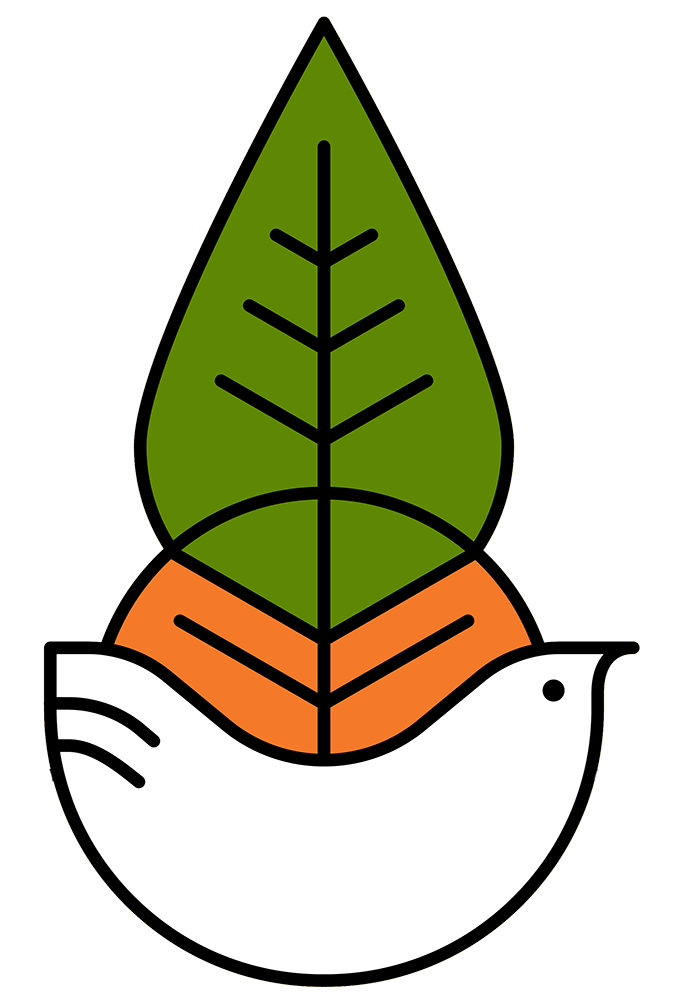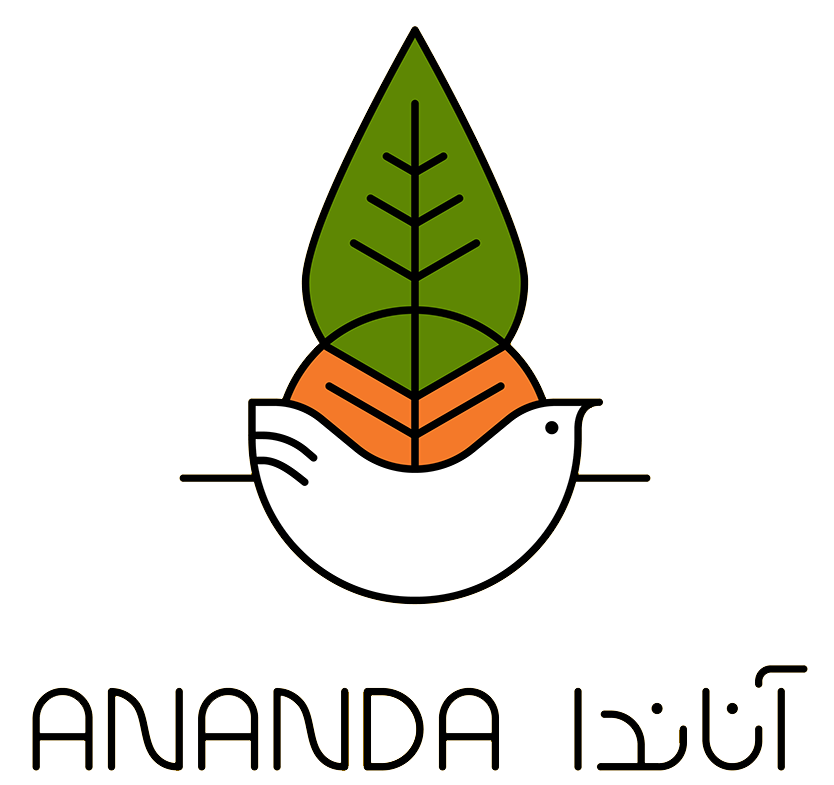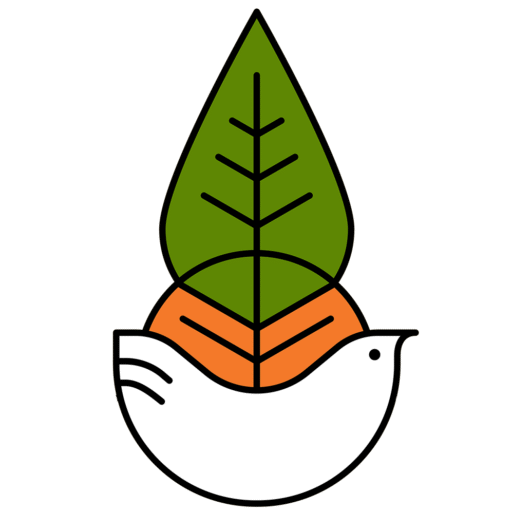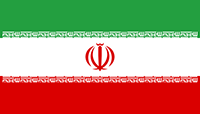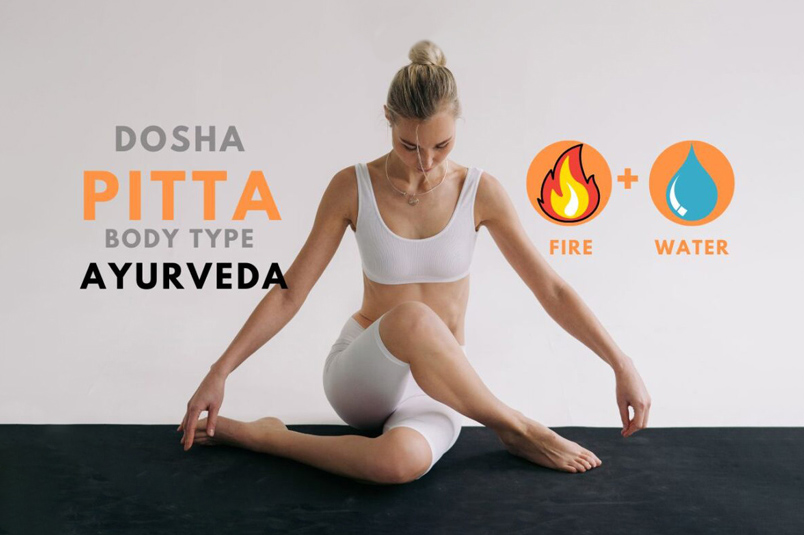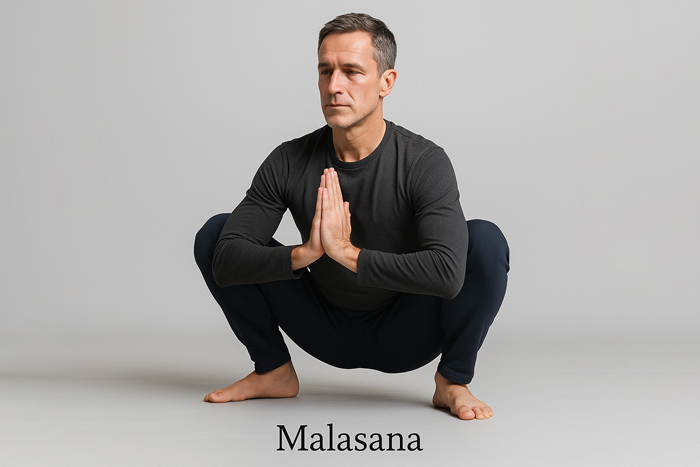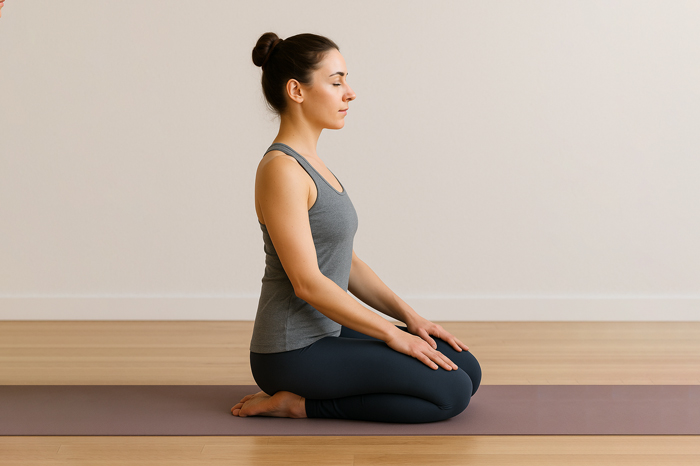In previous articles, we had a little chat about the topic of AyurYoga and got more familiar with Ayurveda.
How about today we explore the Pitta Dosha and spend some time getting to know it better?
In Ayurveda, the five main elements that make up the body and mind are explained through three fundamental categories called Doshas: Vata, Pitta, and Kapha.
The second dosha, Pitta, is primarily composed of fire and water. It is hot, sharp, intense, penetrating, fluid, and oily in nature.
Pitta governs metabolism in the body and plays a key role in the processes of digestion and nutrient absorption at the cellular level.
The gastric acid, bile, digestive enzymes, blood, and muscles are all considered representations of Pitta in the body.
In some individuals, Pitta predominates genetically — it’s their natural constitution or Prakriti. In others, Pitta becomes aggravated due to poor lifestyle habits and unhealthy eating patterns.
In Ayurveda, when we talk about a dosha being out of balance, it means that the qualities and elements associated with that dosha have increased excessively in the body and mind.
Excess Pitta means that the fire and water elements (and therefore heat) dominate one’s system. Among the three doshas, Pitta has the greatest potential to become aggravated.
Physical Traits of Pitta Types
* Medium build and frame; neither too thin nor overweight. They gain weight easily but can also lose it with a little effort.
* Medium height — neither very tall nor very short.
* Skin tends to be oily, soft, sensitive, and reddish; prone to rashes, eczema, and other skin issues.
* Face is medium-sized with yellowish or rosy cheeks; the skin often breaks out with acne.
* Hair is fine, straight, and usually thin in density.
* Eyes are of medium size, sharp, bright, and penetrating; the sclera (white part) may appear slightly yellow or reddish, and they’re sensitive to light.
* Nose is medium-sized and slightly pointed, prone to nosebleeds or irritation.
* Tongue is medium, red along the edges, with a pointed tip and a yellowish coating.
* Nails are pink, soft, shiny, and flexible.
* Hands and feet are warm and tend to sweat excessively, often with a strong odor.
* They dislike heat and prefer cool climates.
* Strong digestive fire; when excess fire builds up, they feel frequent hunger and thirst.
* Their sleep is moderate — it may take them some time to fall asleep, but they feel refreshed after resting.
Mental and Emotional Traits of Pitta Types
* Intelligent, quick-witted, and sharp-minded with excellent focus and memory.
* Energetic, active, and confident. Logic is their guide in life, and they make fast, decisive moves.
* Courageous and competitive; natural-born leaders who enjoy being in the spotlight.
* Speak with clarity and authority — at times, their words can be sharp, judgmental, or cutting like a blade.
Common Pitta Imbalances
* Acid reflux, heartburn
* Bitter taste in the mouth
* Loose stools or diarrhea
* Headaches
* Hot flashes, sweating of hands and feet
* Burning sensations in the body
* Excessive sweating or body odor
* Skin problems: rashes, acne, eczema
* Anger, irritability, impatience
* Perfectionism, competitiveness, craving for attention
* Jealousy, ambition, self-criticism, and over-judgment of others
Key Ways to Balance Pitta Dosha
Dietary Guidelines
Since Pitta’s dominant quality is *heat*, the goal is to **cool** the body and calm fiery energy.
Whether your constitution is naturally Pitta or your Pitta has become aggravated due to poor habits, the key is to reduce heating foods and increase cooling ones.
Avoid or reduce foods that produce excess internal heat, such as:
* Spicy foods: chili peppers, black pepper, mustard, cayenne, ginger, garlic, raw onion, leek, radish, turnip, etc.
* Eggplant — best to eliminate it.
* Sour foods: limit vinegar and sour fruits; prefer lemon juice instead.
* Avoid excessively spicy, sour, or salty tastes (like chips, pickles, or sour snacks).
* Limit nuts, especially walnuts, peanuts, and cashews.
* Minimize fermented foods (cheese, yogurt, pickles, kombucha, etc.).
* Eat less red meat or processed meats. Avoid beef, pork, and cured products.
* Completely avoid stimulants like caffeine, alcohol, cigarettes, and drugs — they are extremely heating and drying.
* Eat plenty of cooling vegetables: zucchini, celery, cilantro, asparagus, okra, cauliflower, broccoli, and mung bean sprouts.
Cook them lightly with mild spices like turmeric, fennel, rosemary, cardamom, or coriander.
* Include baked apples in your breakfast or snacks — they are wonderful for soothing Pitta.
* Favor sweet (berries, raisins), bitter (barley water), and astringent (quince) tastes.
Lifestyle Tips for Balancing Pitta
* Avoid direct sunlight or high temperatures. Wear a hat and sunglasses outdoors.
* Stay hydrated: drink a glass of lukewarm water with lemon and a pinch of salt every hour in hot weather.
* Don’t skip meals — low blood sugar triggers Pitta imbalance. Keep some sweet nuts or snacks handy.
* Avoid strenuous exercise, especially in heat. Gentle activities like swimming, walking under the moon, or skiing are ideal.
* Take lukewarm showers and massage your body with cooling oils like coconut or olive oil.
* Spend time in nature — the green color of plants soothes Pitta energy.
* Avoid overly competitive environments. Let go of harsh self-criticism. Watch comedies and laugh deeply.
* And above all — don’t forget meditation.
Yoga for Balancing Pitta Dosha*
Imagine that Pitta in you is in excess — your body and mind are filled with the fire and water elements, full of heat and intensity, like a boiling spring or an erupting volcano.
Each yoga posture (asana) has energetic qualities — it can either heat or cool the system.
So instead of choosing fiery, dynamic practices, Pitta types should focus on soft, gentle, and cooling yoga.
Asanas that soothe Pitta
Since Pitta’s home is in the navel and abdominal region, asanas that strongly contract this area (like intense core exercises or Sun Salutations) tend to increase fire.
Instead, choose movements that expand and cool the abdomen, allowing air and freshness to circulate.
Cooling, expansive asanas include:
* Bhujangasana (Cobra Pose)
* Dhanurasana (Bow Pose)
* Matsyasana (Fish Pose)
* Salabhasana (Locust Pose)
* Kapotasana (Pigeon Pose)
* Ustrasana (Camel Pose)
* Setu Bandhasana (Bridge Pose)
* Supta Virasana (Reclined Hero Pose)
Other Pitta-pacifying asanas:
* Chandra Namaskar (Moon Salutation)
* Ardha Chandrasana (Half Moon Pose)
* Baddha Konasana (Bound Angle Pose)
* Siddhasana (Accomplished Pose)
* Upavistha Konasana (Seated Wide-Angle Forward Bend)
* Savasana (Corpse Pose)
Pranayama and Mental Practice
* Practice mindful breathing.
* Sitali Pranayama (Cooling Breath)
* Chandra Bhedana (Moon-Piercing Breath)
* Bhramari Pranayama (Bee Breath)
During breathing, make your **inhalation longer and deeper** than the exhalation — it expands the abdominal muscles and cools the body, while exhalation contracts and warms it.
Finally, turn off your inner perfectionist and competitor.
No one’s giving you a trophy for the hardest asana — fill your yoga with softness, surrender, humility, and acceptance.
May you be full of health and harmony.
References:
* Yoga for Your Type: An Ayurvedic Approach to Your Asana Practice – David Frawley & Sandra Summerfield Kozak
* Ayurvedic Yoga Therapy – Mukunda Stiles
